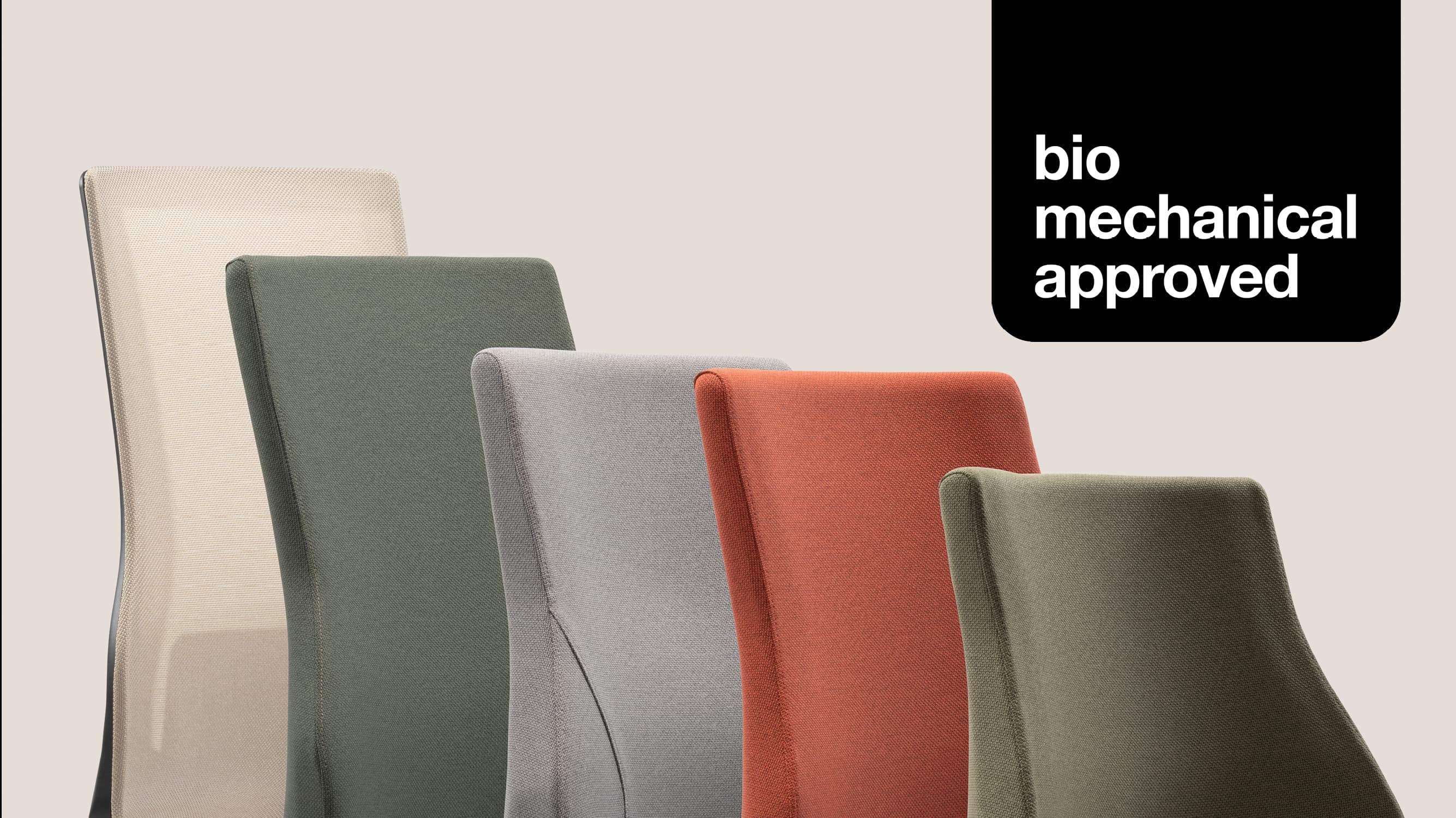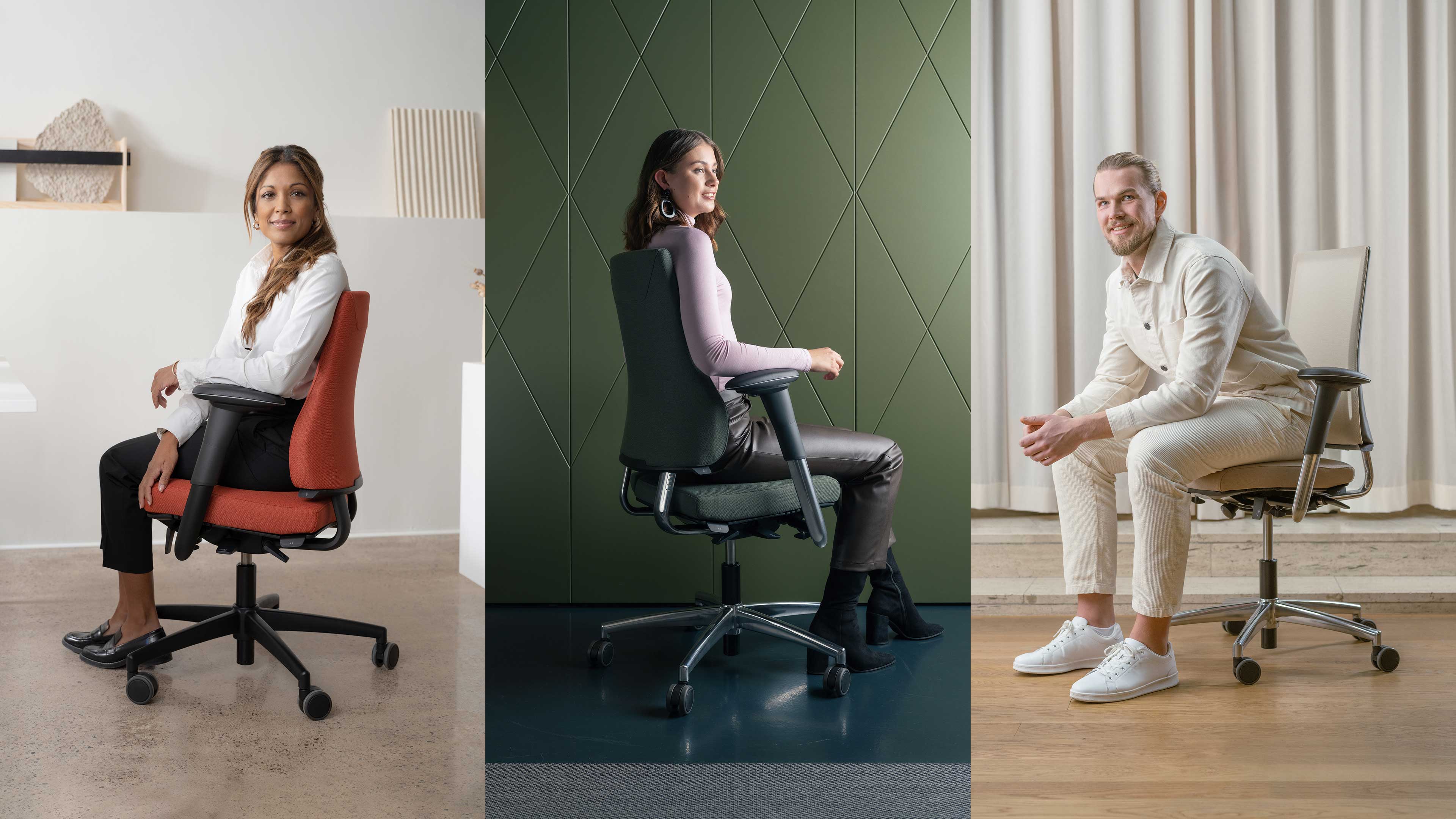BMA – The origins
In 1988, in the Dutch city of Zwolle, two experts - physiotherapist Cees Bruyn and engineer Matthé van den Oort - came together with a bold mission: to improve workplace well-being through biomechanics. They founded BMA Ergonomics, originally as a consultancy advising companies on healthier working practices.
But it didn’t take long for them to realise that advice alone wasn’t enough. The market lacked the kind of seating that truly supported the body in motion. Therefore, they decided to build it themselves.
By 1991, BMA began developing what would become the Axia® chair, designed not just for comfort, but for scientifically sound posture and movement. Over seven years, they worked closely with researchers from TU Delft and Erasmus University Rotterdam to ensure every detail was rooted in human biomechanics.
Want to learn more about the science behind Axia? Read our article: What are Biomechanics, and why do they matter in office seating?
Independent research that shaped Axia
A key part of this research was published in May 1997, when a team from Erasmus University Rotterdam, led by Dr. R.H.M. Goossens and Prof. Dr. Ir. Snijders, conducted an independent study of the Axia chair in their biomechanics laboratory. They focused on how the chair supported the body in real-world use, measuring seat depth and shear forces.
The results were clear:
- The seat's effective depth was 96% of the reference value set by NEN 1812, the Dutch standard for office seating, providing optimal support for the upper leg.
- This depth remained constant, even when the seat angle was adjusted.
- Shear forces remained comfortably within safe limits throughout the adjustment range.
The study provided clear validation: the Axia chair wasn't just built on ergonomic principles, it was backed by science.
In 1998, the first Axia chair was launched, marking a new generation of office seating. It wasn't just ergonomic in theory; it was tested, measured and built to respond to the way people actually sit. It also embraced modular, sustainable design long before circularity became the standard.
Today, the Axia chair is produced under the RH brand, part of the Flokk family. While the BMA name has been formally retired, the chair itself remains unchanged. The same research. The same philosophy. The same attention to the body's needs.
Find out more about RH & the Axia chair


